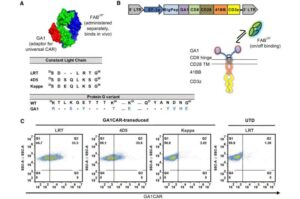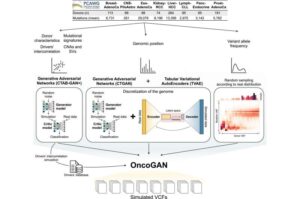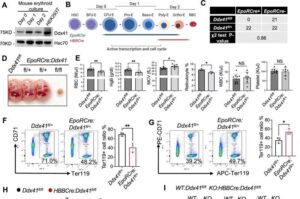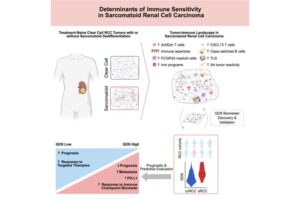
Universal plug-and-play CAR-T cell therapy could transform cancer immunotherapy
Researchers at the University of Chicago have developed a “universal” chimeric antigen receptor (CAR) platform that offers enhanced safety, adaptability, and the potential to overcome long-standing barriers in cancer immunotherapy. Promising initial testing results, published in Science Advances, suggest that this new form of CAR-T cell therapy could dramatically change the treatment landscape for certain cancers.









